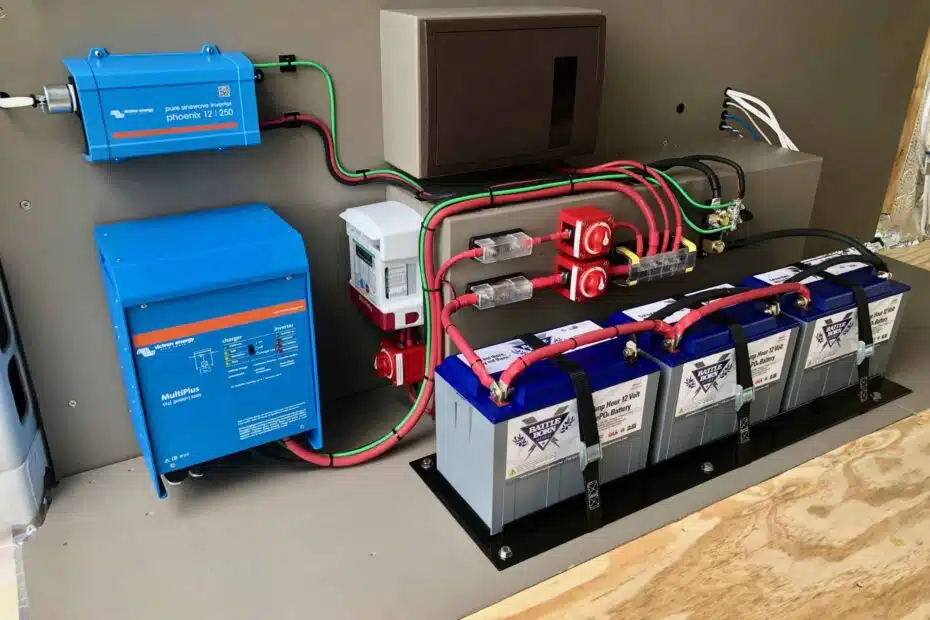In our increasingly digital and electrified world, power sources have become indispensable. Batteries power our vehicles, equipment, and even backup systems, ensuring that our lives run smoothly. However, there’s a crucial yet often overlooked component that plays a vital role in maintaining the integrity and functionality of these power sources – battery trays. In this article, we’ll delve into the significance of battery trays and their essential role in securing power in various applications.
Understanding Battery Trays
Battery trays are robust, custom-designed platforms or containers that serve the essential function of holding and securing batteries in place. These trays come in a variety of shapes, sizes, and materials, catering to the specific requirements of different applications. Although they may seem like straightforward components, their role in ensuring the proper functioning of batteries is paramount.
1. Automotive Industry
The automotive industry is a primary beneficiary of the role played by battery trays. In vehicles, battery trays are crucial for safely housing and securing the vehicle’s battery. By holding the battery securely in place, they prevent it from shifting or vibrating during driving. This not only reduces the risk of damage but also ensures the stable functioning of the battery, contributing to the vehicle’s overall reliability.
2. Marine Applications
Battery trays find extensive use in marine applications, where they are indispensable for securing batteries on boats and yachts. The constant motion and exposure to moisture and saltwater in marine environments necessitate robust battery placement. Battery trays not only keep batteries securely anchored but also shield them from corrosion and damage caused by the challenging marine conditions.
3. Industrial Equipment
In industrial settings, machinery and equipment often rely on batteries for power. Battery trays are essential here to ensure that batteries remain securely in place, even in high-vibration environments. The reliability provided by these trays is critical for the uninterrupted operation of manufacturing plants and heavy machinery.
4. Renewable Energy Systems
Renewable energy systems, such as solar and wind power installations, often depend on batteries to store excess energy for later use. Battery trays play a pivotal role in these systems, securing batteries in both stationary and mobile applications. This not only ensures the safety of the batteries but also helps maintain the efficiency and longevity of energy storage solutions.
5. Emergency Power Backup
Emergency power backup systems require a constant and reliable power supply. Battery trays are used to secure backup batteries, ensuring that power remains available during outages. This is essential for preventing data loss, equipment damage, and disruptions in critical operations, making battery trays an integral part of any emergency power solution.
Materials and Durability
Battery trays are typically constructed from a range of materials, including plastic, metal, or fiberglass. The choice of material depends on various factors, such as the environmental conditions in which the trays will be used and the size and weight of the batteries they will hold. These trays are designed to withstand extreme temperatures, moisture, and exposure to chemicals, ensuring long-term durability.
Customisation and Design
One of the standout features of battery trays is their versatility. They can be custom-designed to fit the precise dimensions and requirements of the batteries and the application. This ensures a snug fit and optimal security for the batteries, preventing any potential damage or malfunction.
Maintenance and Longevity
Proper maintenance of battery trays is crucial for ensuring their longevity and continued functionality. Regular inspections can identify signs of wear or damage, allowing for timely repairs or replacements. This proactive approach helps prevent costly downtime and ensures the reliability of power sources, ultimately contributing to uninterrupted operations.
Conclusion
While battery trays may not enjoy the limelight when it comes to power sources, they are undoubtedly the unsung heroes that ensure the reliability and safety of batteries in various applications. From vehicles to marine environments, industrial settings, renewable energy systems, and emergency power backup, these trays play a critical role in securing power sources and maintaining their functionality. As our reliance on batteries for power continues to grow in an increasingly electrified world, it’s essential to recognise the significance of these often-overlooked components and the role they play in keeping our lives powered and connected. Battery trays are the unsung guardians of power, ensuring that we can rely on our power sources when we need them most.
You may also like
-
Empower Yourself with Knowledge: Access Thousands of Repair Manuals Online
-
Unveiling the Marvels of Mechanical Rubber Products: Exploring Mechanical Rubber, Its Versatility, and Conductivity in Coatings
-
Adapting to Changing Regulations in the Auto Industry – Mark Gilbert ATN
-
Everything You Need to Know About Auto Sunroof Repair: Imperium Auto Glass in Houston.
-
Why Are Vehicle Parts So Exorbitant?
 Risk Takers’ Playground: Navigating the Highs and Lows of Hedge Fund Hype
Risk Takers’ Playground: Navigating the Highs and Lows of Hedge Fund Hype  Learn More About Binance
Learn More About Binance  Mastering the Stock Market: Insights from a Professional Investor – Kavan Choksi Professional Investor
Mastering the Stock Market: Insights from a Professional Investor – Kavan Choksi Professional Investor 

